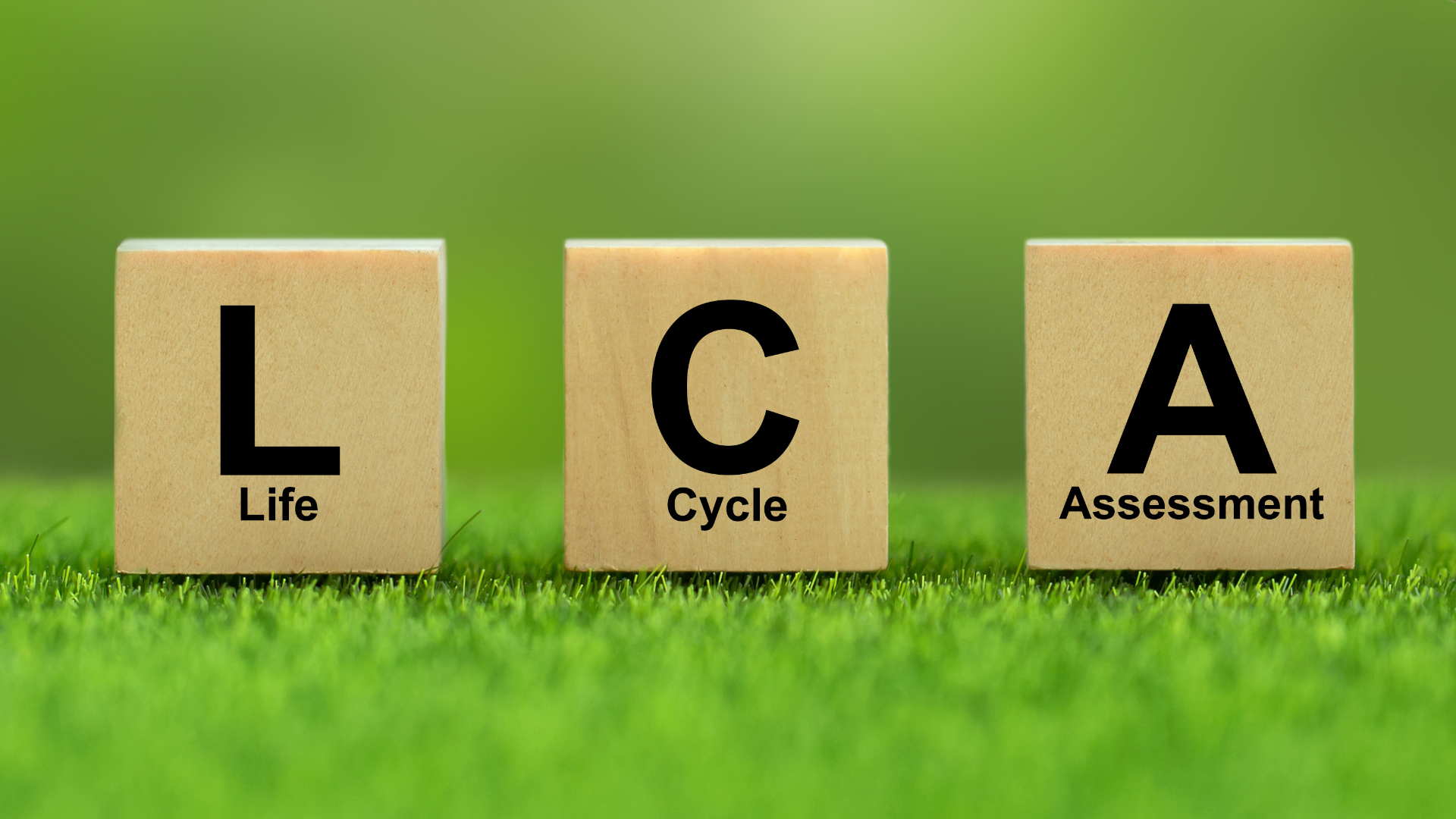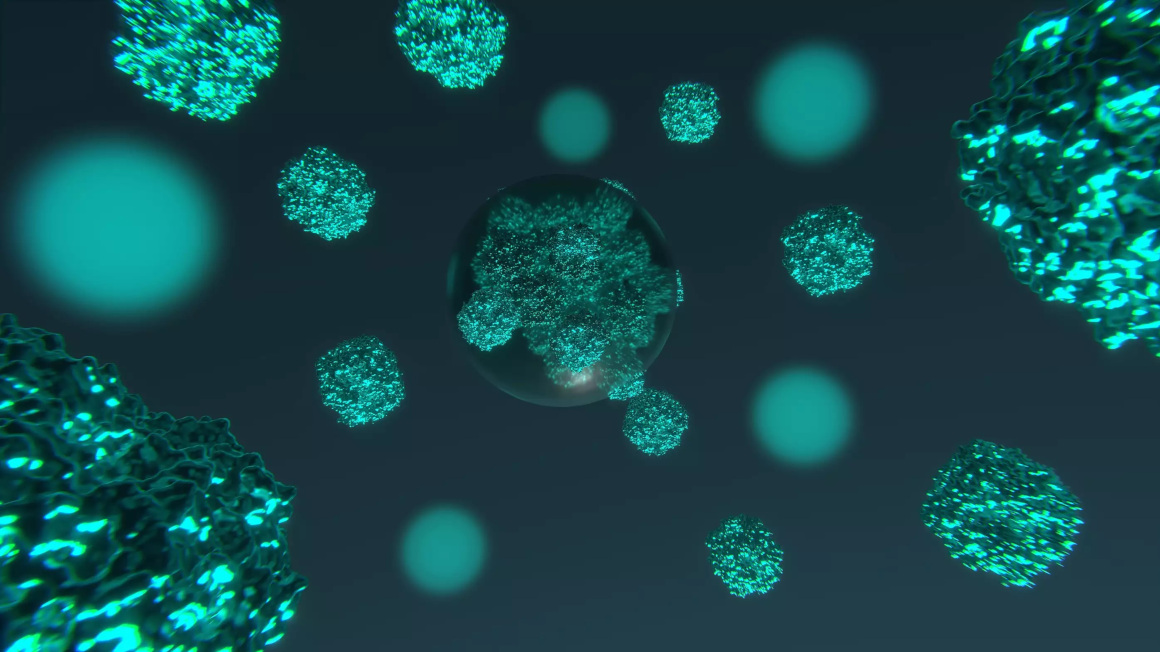"A bioeconomy in which we are all active"
Uwe R. FritscheProfession:
Physicist, sustainability analyst
Position:
Scientific Director of the International Institute for Sustainability Analysis and Strategies (IINAS)
Profession:
Physicist, sustainability analyst
Position:
Scientific Director of the International Institute for Sustainability Analysis and Strategies (IINAS)
In this interview, sustainability analyst Uwe Fritsche talks about strategies for a sustainable bioeconomy that is broadly embedded in society.
Uwe Fritsche is founder and scientific director of the International Institute for Sustainability Analysis and Strategies (IINAS) in Darmstadt. In 2021, IINAS presented a study on the topic of a sustainable bioeconomy on behalf of the German Nature and Biodiversity Conservation Union (NABU). Fritsche also advocates a BioWEconomy in which participation and public welfare, ecology and fair trade play an important role.
You advocate a transformation of the model of sustainability and the UN Sustainable Development Goals (SDGs). Why? What does this mean for the transformation to a biobased economy?
Global challenges such as climate change and species loss require a transformation of the pillar definition of sustainability. Instead of the three "pillars" for society, environment and economy, which stand side by side, an integrated view must be taken with the environment as an overarching system, society embedded in it and the location of the economy within society. Biobased economic activity must thus take place within the framework of society and within the planetary boundaries ("environment").
Can you explain the five core strategies for a "Sustainable Bioeconomy" that you have identified in the study of the same name?
First, planetary boundaries should be translated into maximum biomass quantities that can be used without adverse effects on humans and the environment, as well as for future generations: Here, Germany has to define "its limits", including the (non-)sustainability of imports.
Second, the food system needs to be transformed in terms of food security, biodiversity, climate change mitigation and sustainable land use: food and feed are the largest consumers of biomass, dominating global land use, land use change and many environmental impacts such as biodiversity loss.This problem situation must be addressed on the demand side by changing diets (less animal proteins) and on the supply side by switching to organic farming and animal husbandry. The cornerstones of sustainable food systems are innovation and productivity, including reducing food losses and adding value from food processing byproducts.
Third: Priority should be given to material biomass use in cascades and in decentralized biorefineries that provide energy, material and feed products in an integrated manner. In addition, biogenic waste and residual materials should be used as a matter of priority - in compliance with sustainability criteria. Biorefineries are not centralized large-scale plants, but decentralized technologies that use biological and chemical-physical processes to separate and further process the components already present in the biomass.
Fourth: Biomass cultivation should be integrated into an ecological agriculture that provides biogenic raw materials without direct or indirect land use changes via intercrops, second crops, and arable-forestry mixes. The goal is to increase biodiversity as well as soil carbon through more ecosystem services in the open agricultural landscape.
Fifth: Biogenic raw materials should be increasingly cultivated on land that is not used for food or feed due to low soil quality, profitability and water availability. This includes, for example, areas degraded by overgrazing, on which biogenic raw materials can (re)grow in perennial crops.
What does the BioWEconomy concept stand for?
The addition of the "WE" to the term Bioeconomy is intended to express that a broad social embedding of the Bioeconomy is in focus: The transformation to a circular, sustainable BioWEconomy that includes, stimulates, and supports the transformation of waste, agriculture, fisheries, and forestry, with producers and consumers as economic actors themselves, i.e., all of us. The BioWEconomy also includes new socio-cultural actors (collaborative/sharing economy, commoning) and explores innovation not only in technologies but also in business models and social practices. Culture and art are not only means of communication, but elements of the BioWEconomy, both in terms of service delivery (social and economic) and means of transformation. Governance of a sustainable bioeconomy must build trust - this requires transparent supply chains and citizen participation in verification (citizen science). It is also important for the BioWEconomy to include the bioeconomy in sustainable financing (EU taxonomy, stimulus packages, etc.).
Speaking of climate neutrality: What role can the bioeconomy concept play in achieving national climate targets and the goals of the European Green Deal?
All of the above five core strategies for a "sustainable bioeconomy" can drastically reduce greenhouse gas emissions or remove carbon from the atmosphere through near-natural systems (e.g. wood as a carbon store for building materials). In doing so, negative effects on e.g. biodiversity, employment and costs for consumers are avoided. This is true in Germany as well as in the EU, where a sustainable circular BioWEconomy can make an important contribution to the "Green Deal".
Where do you see the challenges in communicating the concept of the bioeconomy and entering into social dialogue?
The food system has so far hardly been seen by the public as a sub-issue of the bioeconomy, but it has considerable mobilization potential due to the strong everyday references, the high contributions to climate change and species loss as well as regional economic effects - these links should be emphasized more strongly through corresponding campaigns, which should be coordinated with activities such as Fridays for Future. In this context, issues of biodiversity, animal welfare and nature conservation in agriculture are starting points that can be well combined with demand-side measures (food and consumption styles). Cities are the places where most consumers live, shop and consume. Decisions related to commerce, infrastructure, health, mobility, and education significantly affect urban livelihoods and the environment through both demand and supply. Urban agriculture can play an important role in providing fresh vegetables, and urban forestry could be an essential nature-based component in the upcoming transformation of cities to provide buffers for periods of heavy rain and heat, provide local feedstocks for the bioeconomy, and increase biodiversity.
What participatory approaches are further useful?
Last but not least, a sustainable bioeconomy must broaden its scope to include the social dimension and, in particular, use culture and art, with their close links to food, consumption and mobility (leisure, tourism), to drive the transformation. Therefore, culture and arts should be promoted as an investment in social infrastructure and recognized as part of the bioeconomy transformation. Civil society activities and engagement will have a crucial impact on behavior and help to change societal norms regarding food, material consumption and mobility. The broader involvement of (civil) society in the bioeconomy will confront companies and public administrations with new values and goals, and enable new governance arrangements and implementation alliances.
Interview: Philipp Graf


